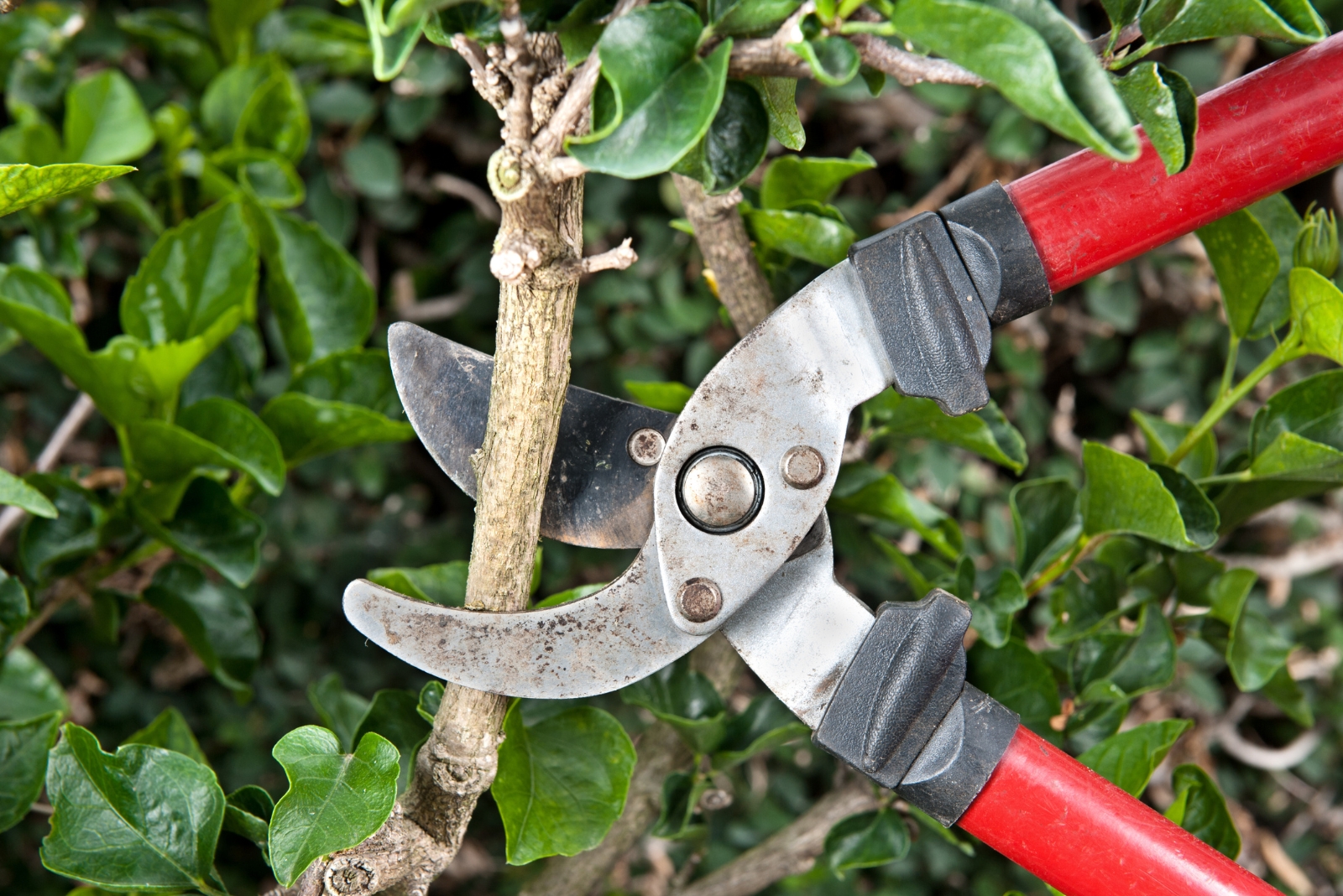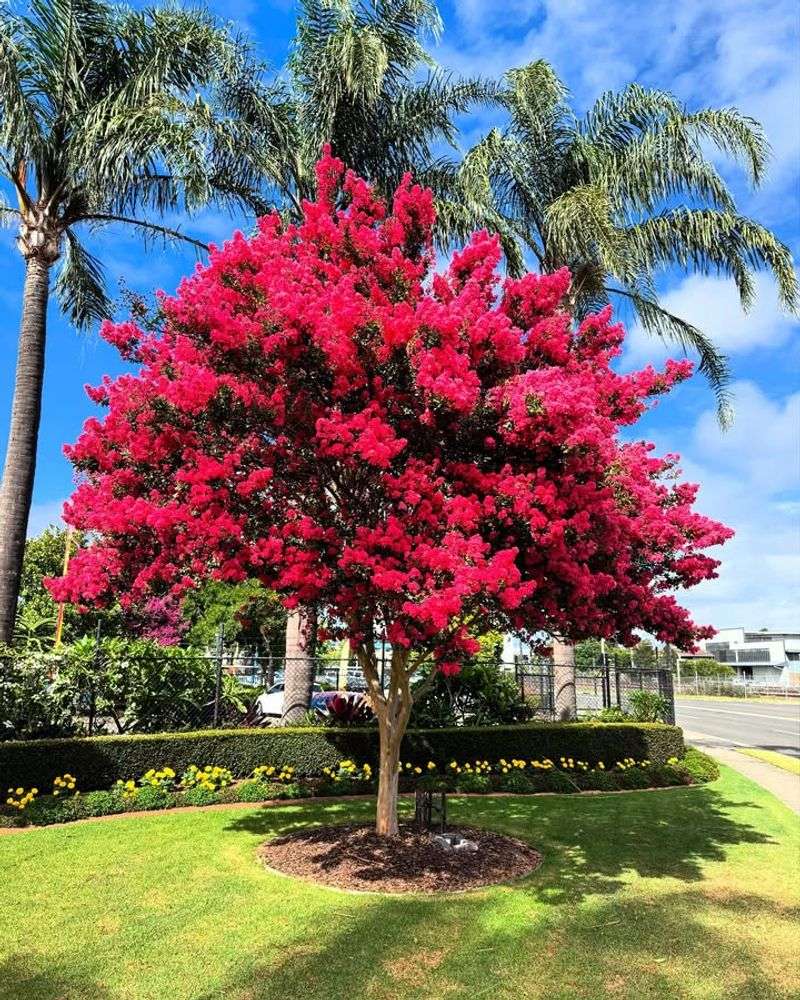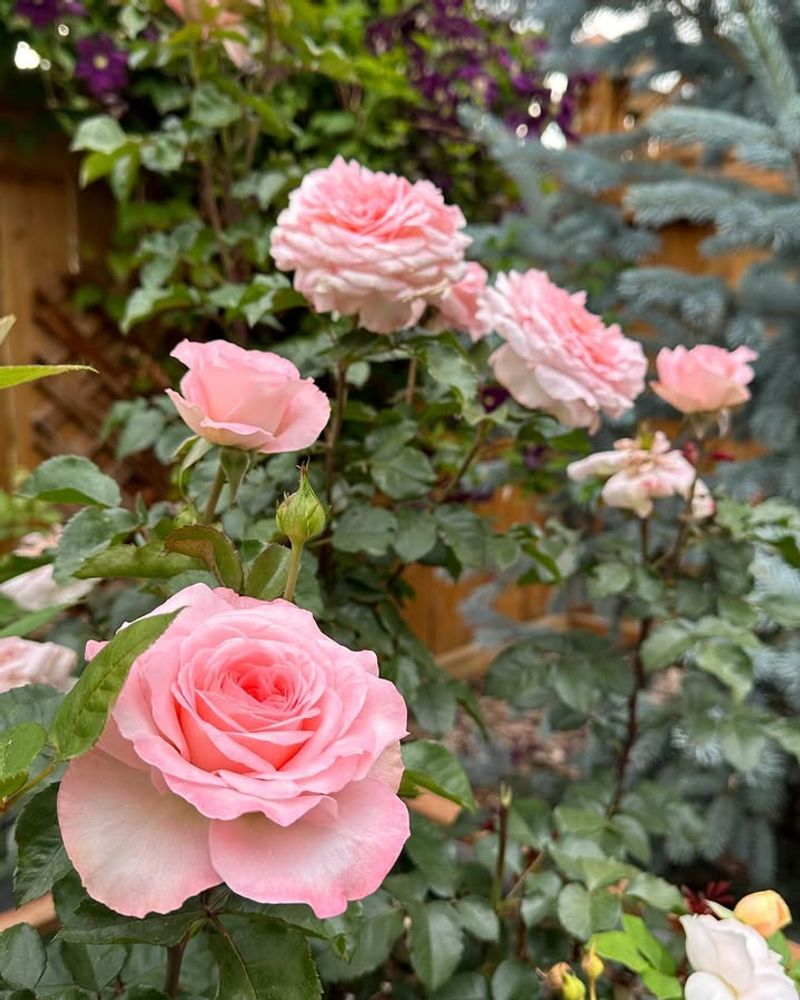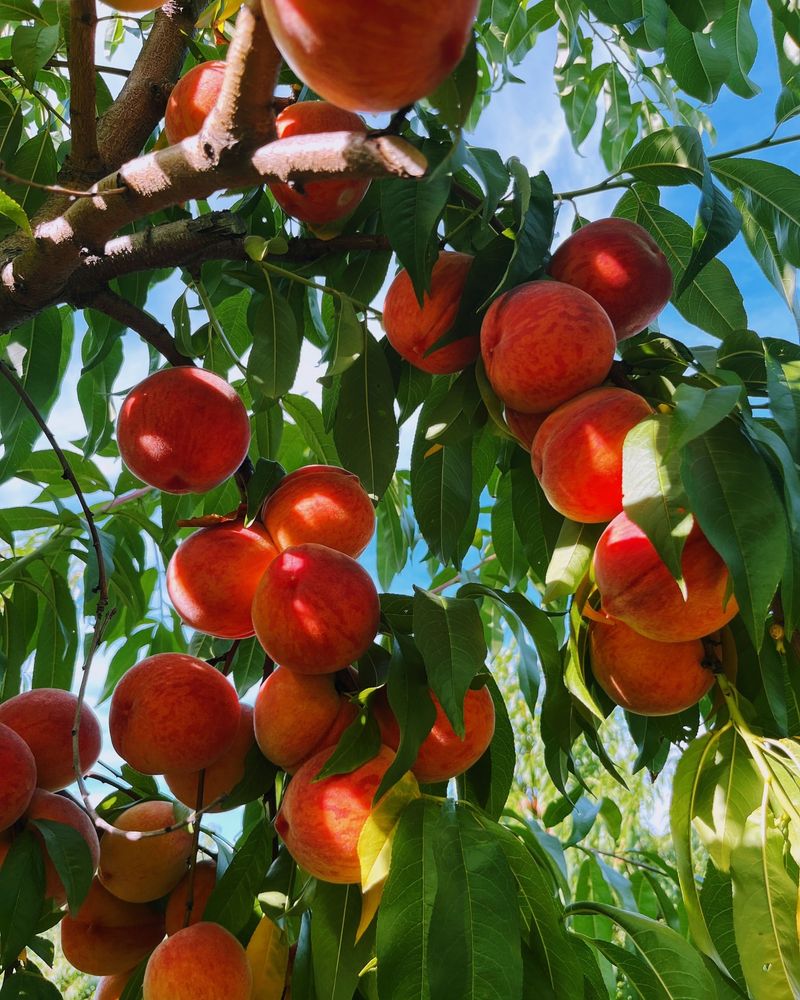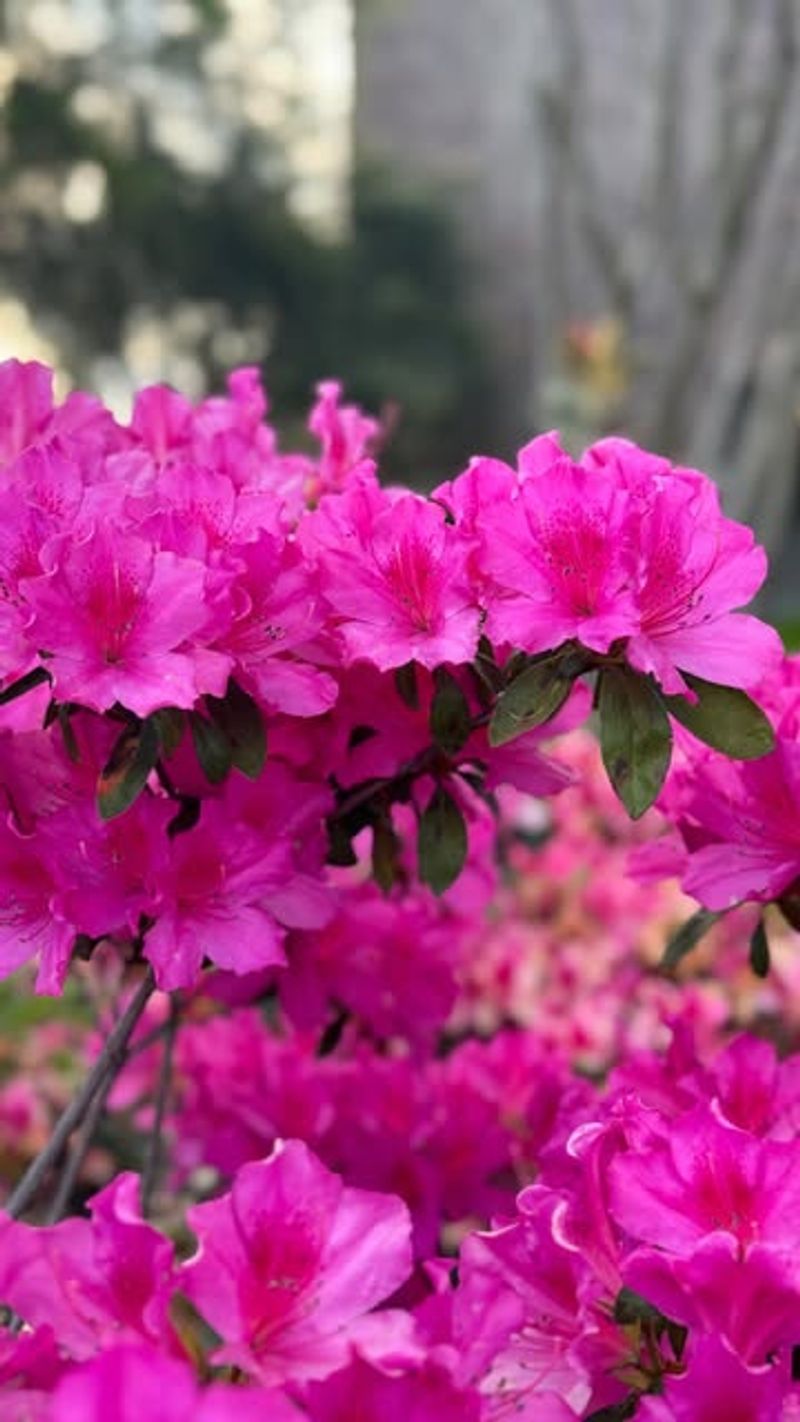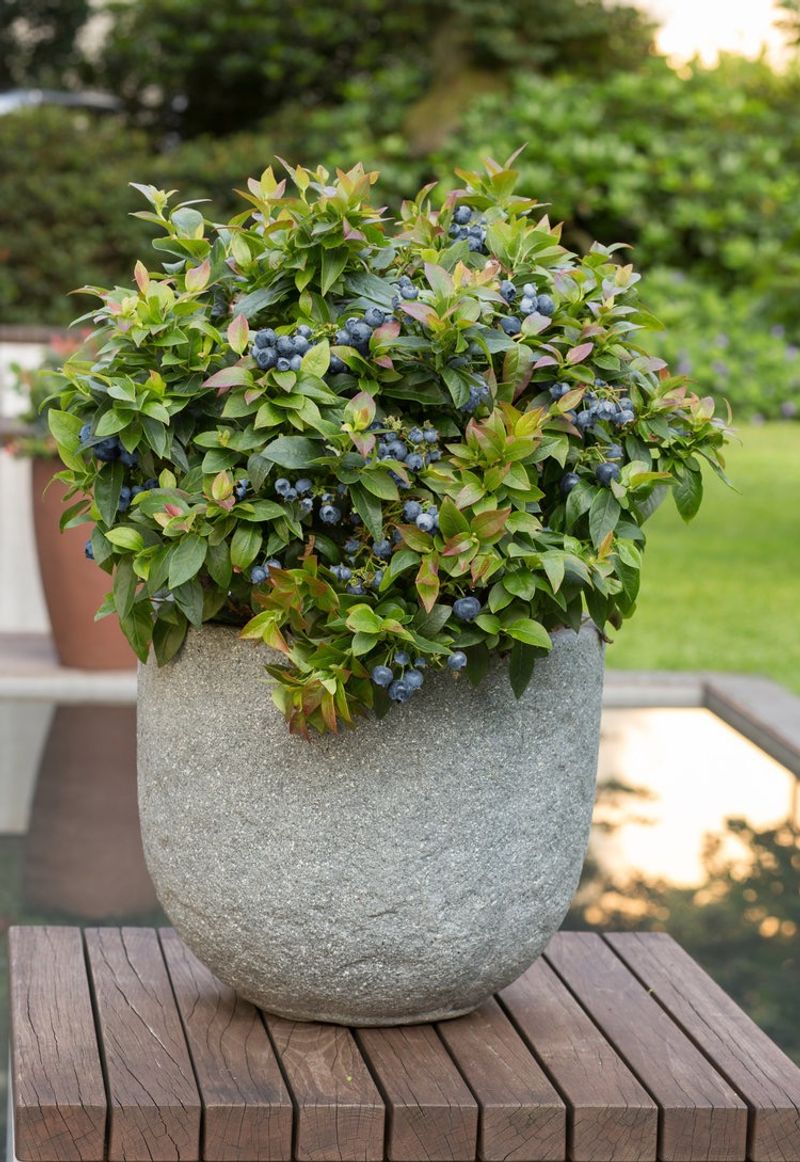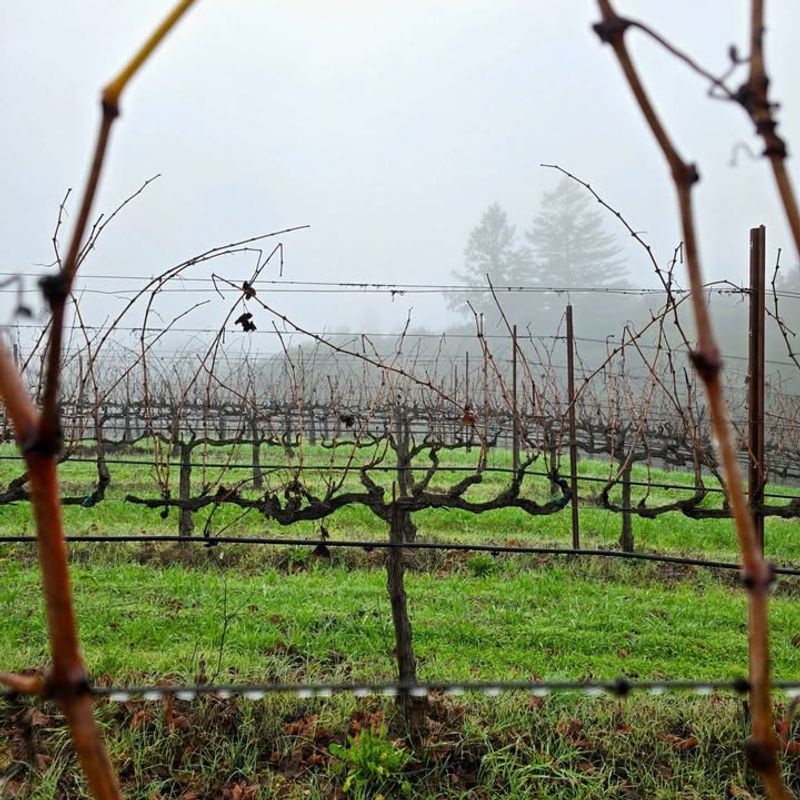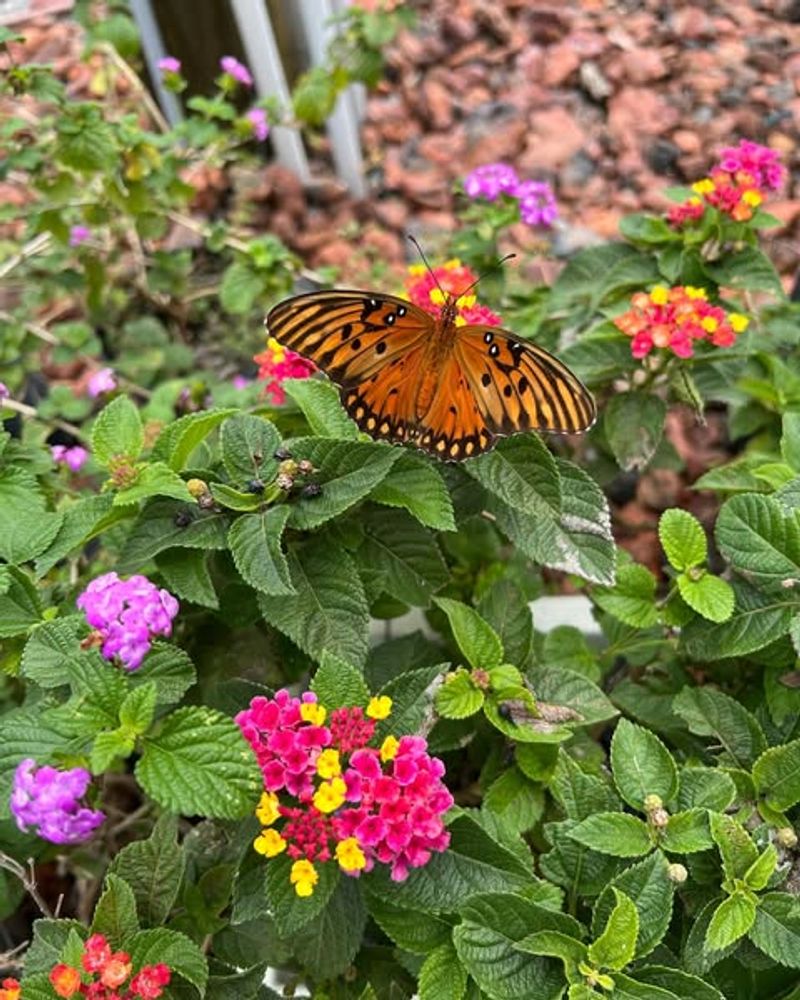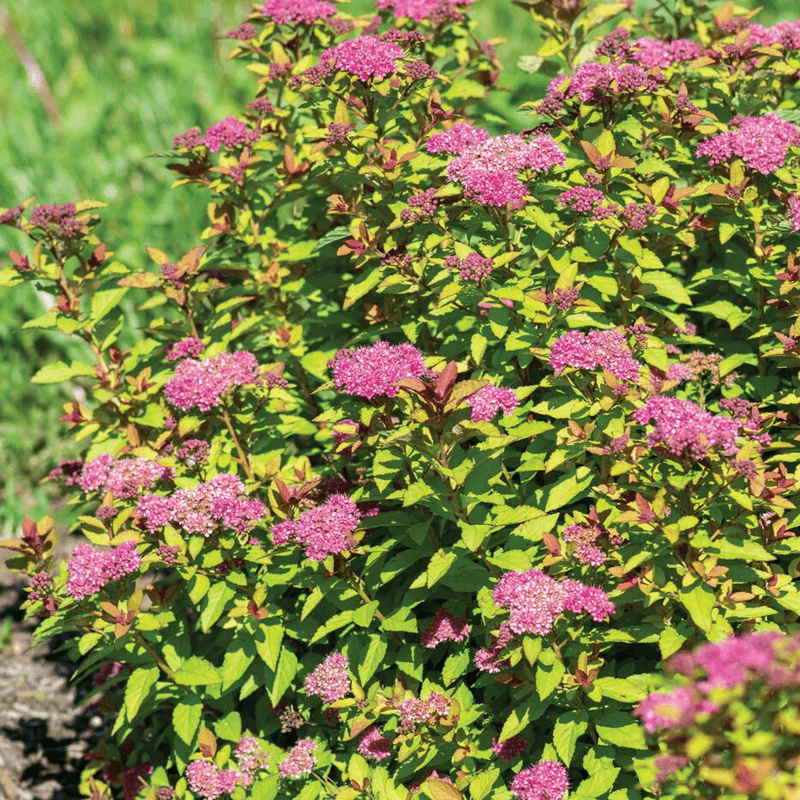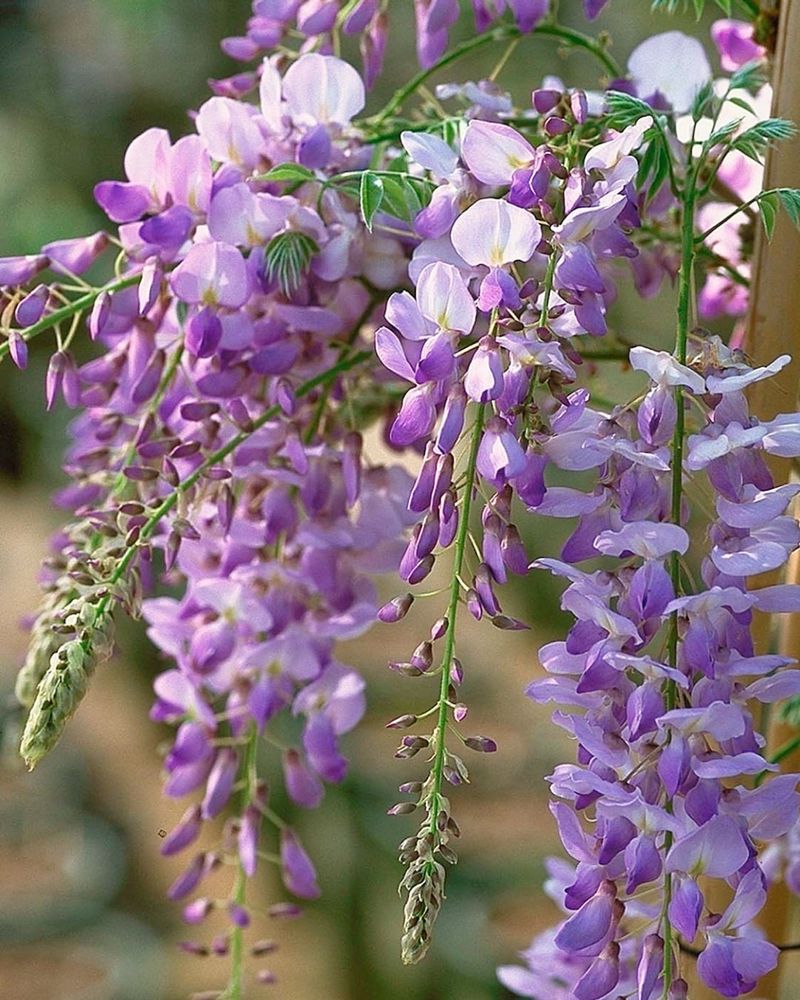November marks a crucial time for Georgia gardeners to grab their pruning shears and get to work. As temperatures cool and plants prepare for winter dormancy, proper pruning helps ensure healthier growth when spring arrives.
Let’s see which plants benefit from a late-fall trim and make all the difference in your garden’s success next season.
1. Crape Myrtle
Georgia’s beloved summer showstopper needs attention before winter settles in completely. Remove any crossing branches that rub together, as these create wounds where disease can enter.
Cut away suckers growing from the base and trim dead or damaged wood. Avoid heavy topping, which ruins the tree’s natural shape and reduces next year’s blooms.
Light shaping now encourages a stronger structure and more vibrant flowers come summer.
2. Roses
Your rose bushes benefit tremendously from a November trim before Georgia’s occasional cold snaps arrive. Start by removing diseased or blackened canes to prevent problems from spreading during winter dormancy.
Cut back overgrown stems by about one-third to reduce wind damage. Clean up any remaining leaves showing spots or fungal issues.
This preventive care sets the stage for vigorous spring growth and abundant blooms throughout next season.
3. Hydrangeas
Timing matters enormously when pruning these popular shrubs in Georgia landscapes. Smooth and panicle hydrangeas bloom on new wood, making November an ideal pruning window.
Remove dead stems and thin out crowded growth to improve air circulation. However, leave bigleaf and oakleaf varieties alone since they bloom on old wood.
Proper pruning ensures you won’t accidentally remove next summer’s flower buds while maintaining a tidy appearance.
4. Fruit Trees
November provides an excellent opportunity to shape your apple, pear, and peach trees before they go fully dormant. Focus on removing water sprouts—those vigorous vertical shoots that steal energy from fruit production.
Cut away branches growing inward toward the tree’s center to maintain an open canopy. Remove any diseased or broken limbs completely.
Good pruning now means better sunlight penetration and improved fruit quality when harvest time rolls around next year.
5. Butterfly Bush
Did you know this pollinator magnet actually thrives with aggressive pruning? November’s cooler weather makes it perfect for cutting back these fast-growing shrubs in Georgia gardens.
Trim stems down to about 12 inches from the ground, removing most of the year’s growth. Don’t worry about being too harsh—butterfly bushes bounce back vigorously.
This hard prune prevents the plant from becoming leggy and encourages compact, bushy growth loaded with nectar-rich flowers next summer.
6. Azaleas
Handle these Southern favorites with care during November pruning sessions. Light shaping works best now, focusing mainly on removing dead or damaged branches from your azalea beds.
Avoid heavy pruning since flower buds for spring already formed during summer and fall. Trim wayward branches that disrupt the plant’s natural rounded form.
Gentle maintenance keeps azaleas looking tidy without sacrificing the spectacular spring bloom display Georgia gardeners treasure so deeply.
7. Blueberry Bushes
With their leaves turning brilliant red, blueberry bushes signal it’s time for annual maintenance pruning in Georgia gardens. Remove branches older than six years, as these produce fewer berries and smaller fruit.
Cut away low-growing limbs that will touch the ground when laden with next summer’s crop. Thin out crowded centers to boost air circulation.
Proper pruning balances vegetative growth with fruit production, ensuring baskets full of sweet berries for your summer pies and preserves.
8. Forsythia
This early spring bloomer actually prefers pruning right after flowering, but November works for removing damaged wood or controlling size. Cut out the oldest, thickest stems at ground level to encourage fresh growth.
Remove any branches that look diseased or broken from summer storms. Avoid shearing into formal shapes, which reduces bloom quantity.
Thoughtful November maintenance keeps forsythia looking natural while ensuring those cheerful yellow flowers still brighten late winter days in Georgia.
9. Grape Vines
November marks the beginning of dormant-season pruning for Georgia grape growers. Start by removing all dead or diseased canes, then focus on thinning last season’s growth.
Keep only the strongest canes, cutting them back to 8-12 buds depending on your training system. Remove weak, spindly growth that won’t produce quality fruit clusters.
Proper pruning concentrates the vine’s energy into fewer, more productive canes, resulting in sweeter grapes and healthier plants throughout the growing season.
10. Lantana
These colorful, heat-loving perennials benefit from a serious haircut before Georgia’s winter weather arrives. Cut the entire plant back to about 6-8 inches above ground level, removing all the leggy summer growth.
This hard pruning prevents winter damage and encourages fresh, compact growth when warm weather returns. Remove any dead stems completely at the base.
Your lantana will emerge bushier and more floriferous next spring, attracting butterflies and hummingbirds throughout the warm months ahead.
11. Spiraea
Timing your spiraea pruning depends on which variety grows in your Georgia garden. Spring-blooming types like bridal wreath should wait until after flowering, but summer bloomers welcome November attention.
Remove about one-third of the oldest stems at ground level to rejuvenate the shrub. Trim back remaining branches lightly to maintain shape.
This selective approach keeps spiraea looking fresh and vigorous while ensuring maximum flower production on gracefully arching branches next season.
12. Wisteria
Controlling this vigorous vine requires discipline and sharp pruning shears throughout the year. November offers a second chance to tame summer’s rampant growth before winter arrives in Georgia.
Cut back long whip-like shoots to 3-5 buds from the main framework branches. Remove tangled growth and stems wandering away from your support structure.
Regular pruning transforms wisteria from an overwhelming monster into a manageable beauty, rewarding your efforts with cascades of fragrant purple blooms each spring.

